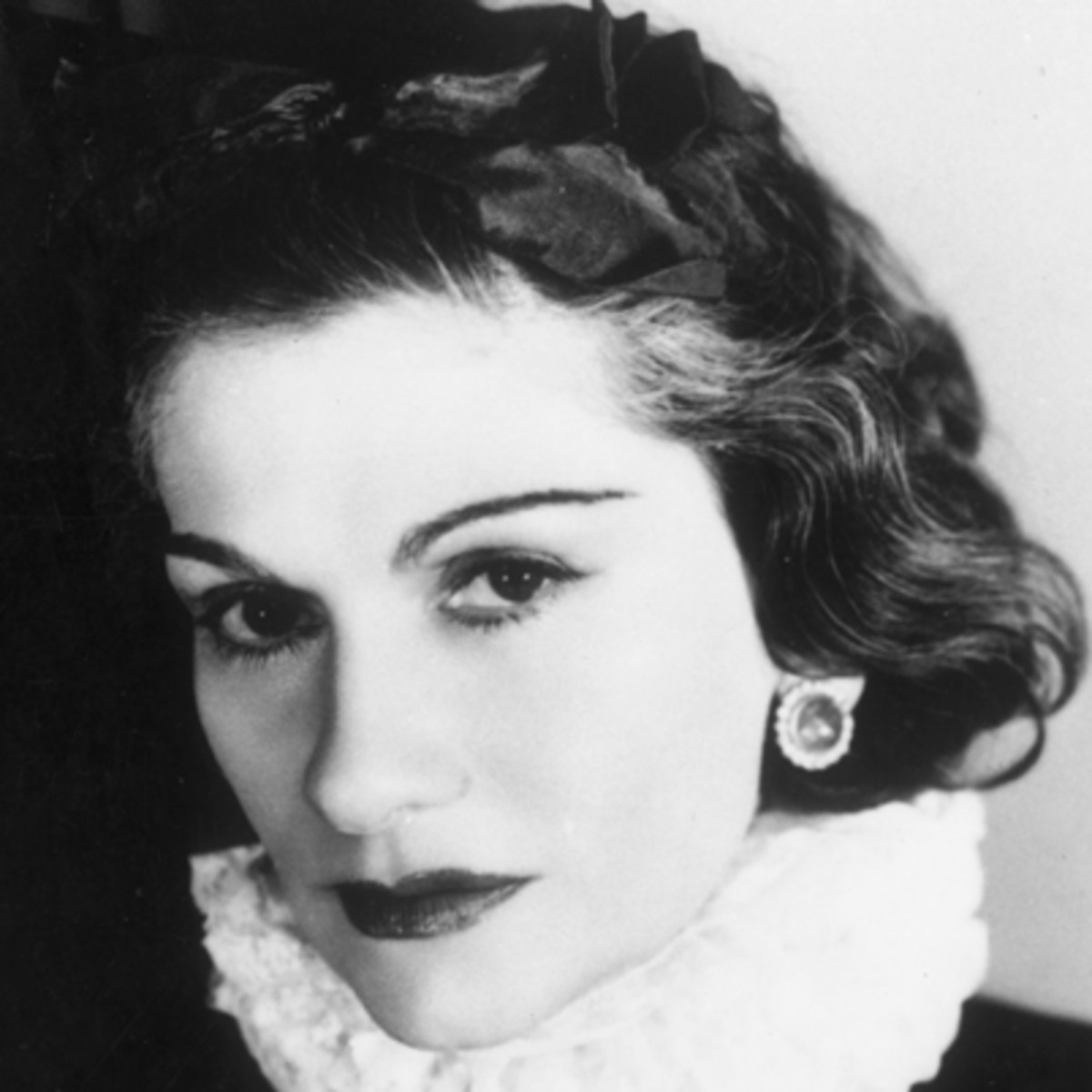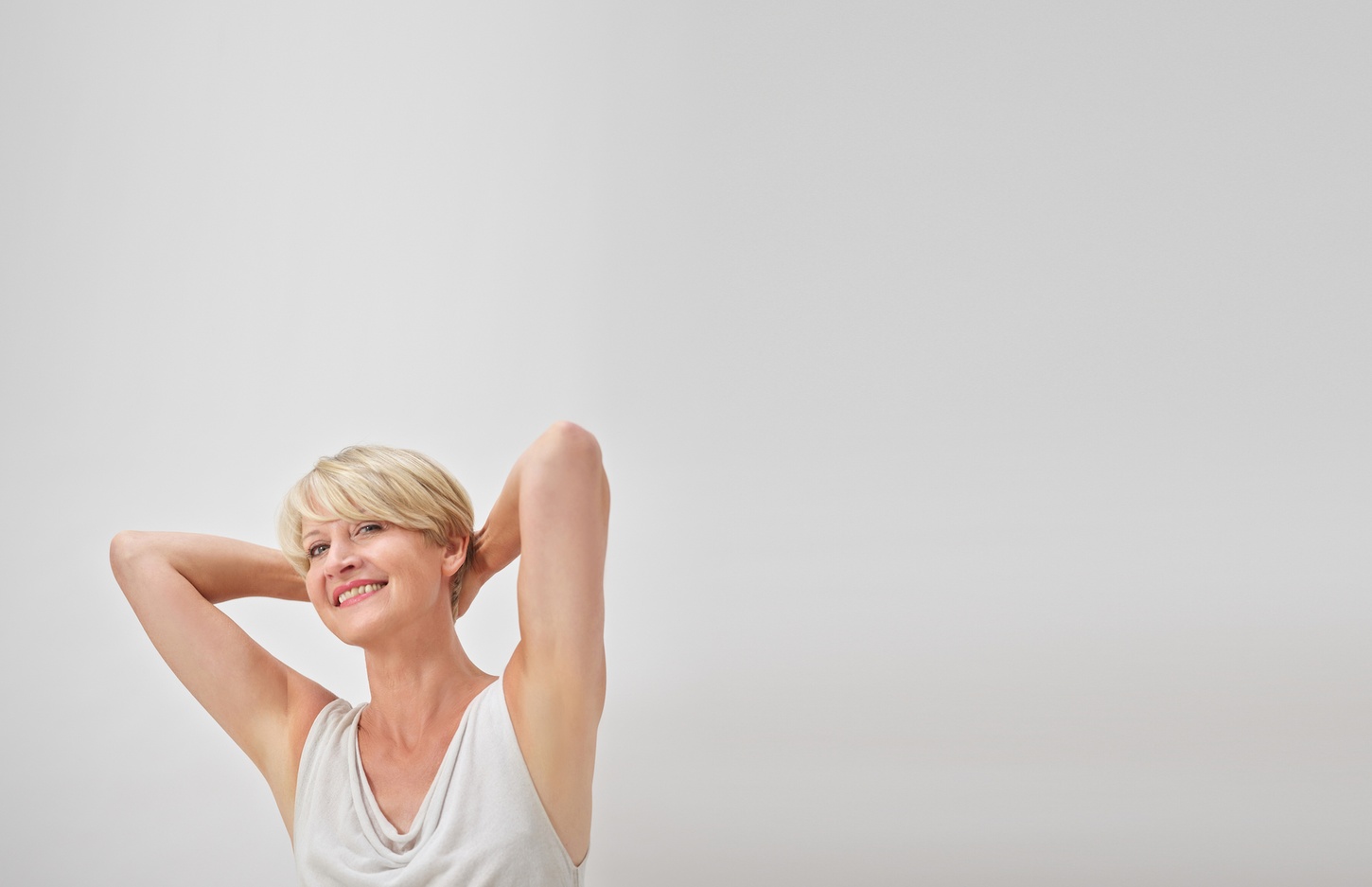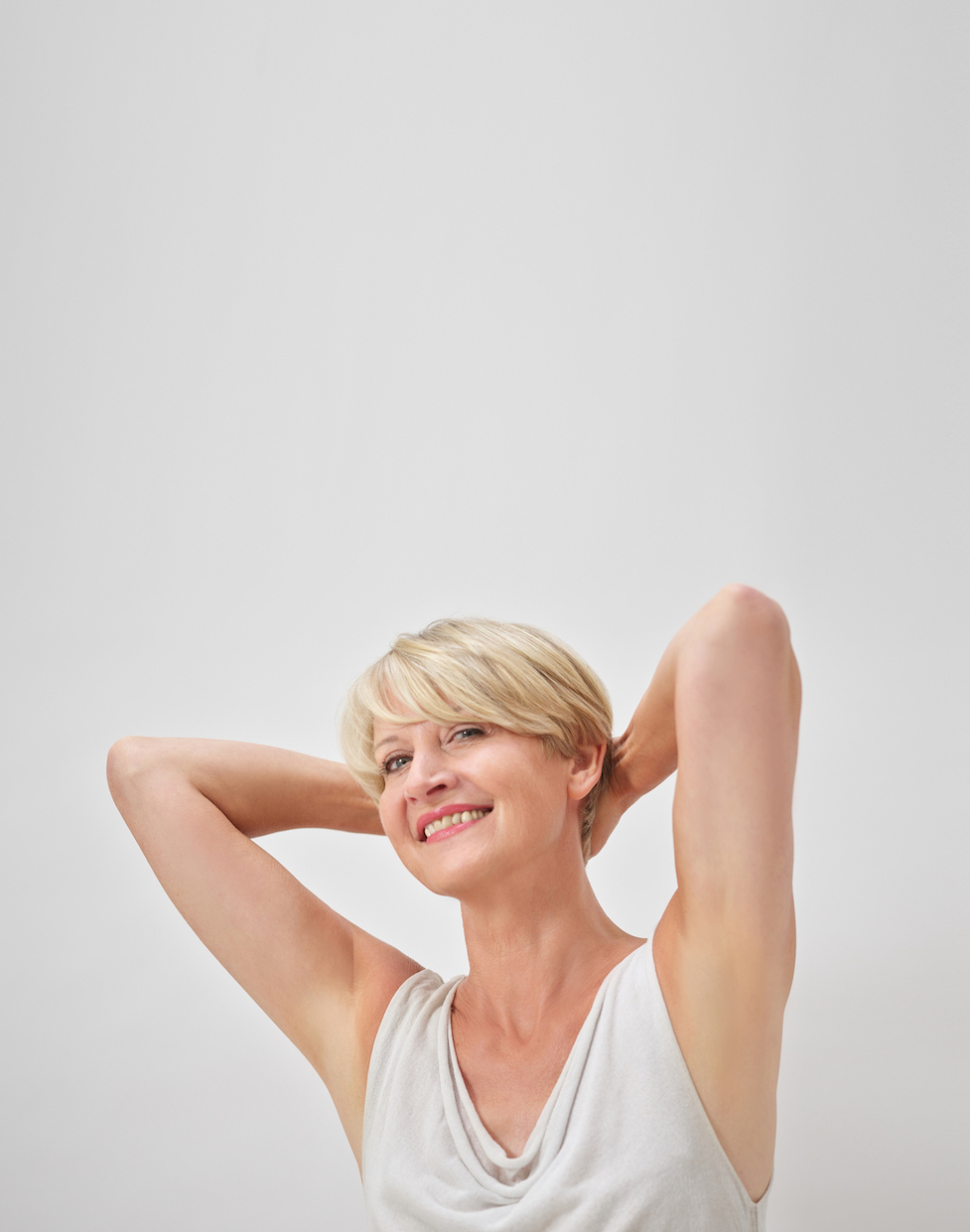The Italian Renaissance was the fusion of science, art, and humanity – looking at the world from the human point of view and working together. Facelifting should similarly combine science, art, and humanity, most importantly to carry patients along a compassionate journey which helps translate surgery into artistry into confidence. In so doing facelifting can create a renaissance for our patients too.
FACELIFT PSYCHOLOGY: REFLECTING THE GIRL WITHIN.
In collaboration with Franca Sozzani – VOGUE Italia
PROLOGUE

REFLECTING THE GIRL WITHIN: An International conference exploring Facelift Psychology in Collaboration with Franca Sozzani - VOGUE Italia
INTRODUCTION
The following thoughts stem from a European Conference on Facelift Psychology chaired by Rajiv Grover in Rome and later at Oxford entitled “Reflecting the Girl Within”. His collaborator and Co-Chair was Franca Sozzani, Editor in Chief of Italian Vogue at the time. Rajiv has retraced his steps since that landmark conference to translate the relationship of facelift surgery, confidence, and wellbeing into the current day.
Age is just a number.
Rajiv’s interest in the relationship between appearance, confidence and health began in 1999 whilst he was studying at Harvard and was fortunate to attend lectures by Ellen Langer, the first female Professor of Psychology at an Ivy League University. Professor Langer rose to international fame after devising an experiment which revealed that if older people surrounded themselves with memorabilia of youth and acted young, they not only felt younger but developed clinical signs of improved health and wellbeing. Essentially by acting young and living young, improvements were seen in mental arithmetic, memory, dexterity, balance, exercise tolerance and even blood pressure. The findings of this ground breaking study were later published in her famous book; ‘Counter Clockwise’ – Think yourself younger and healthier.

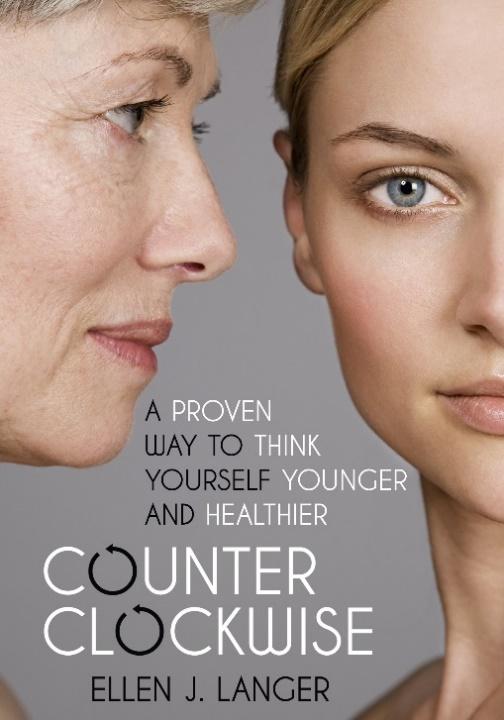
Professor Ellen Langer, Harvard. Demonstrated the direct axis between facial appearance, confidence, wellbeing, and health
Later Ellen Langer’s work went a stage further revealing that however well you surround yourself with younger memorabilia and try to live young, if what you see in the mirror each day reminds you of advancing age or looks like your mother staring back, then little traction is made in terms of feeling younger or restoring confidence and wellbeing. Since Professor Langer’s research, it is now accepted that our facial appearance not only influences how people respond to us, but by reflecting how we feel inside, it can deliver confidence which has wider effects on our health and wellbeing. The direct axis between facial appearance, confidence, wellbeing, and health is what makes Facial Surgery so rewarding and has driven Rajiv’s passion for facelifting over the past two decades.
Looks relate to how you feel and how you feel can directly relate to your health. This is a continuum underpinned by the concept of wellbeing. Therefore, looks are not frivolous
– Ellen Langer, Harvard Professor

The challenges of invisibility and identity
Improvements in health mean that individuals are now enjoying their best years in their 50’s, 60’s and 70’s yet facial ageing means that our appearance will not always reflect how young we feel inside. Life experience and wisdom which were qualities once prized have now been replaced by youth, vigour, and energy as a greater currency. Television, cinema, and social media have reinforced these stereotypes with airbrushed images, not to mention the actresses in Hollywood who have had secret nip n tucks despite vociferous denials, as if gravity doesn’t exist in Beverly Hills! Ageing for some creates a loss of identity and for others a sense of invisibility both of which have the potential to undermine confidence. The issues of identity and invisibility with age were documented by Franca Sozzani in the late 90’s and early noughties during her stewardship of Italian Vogue. They underline why with advancing age; the mirror does not always reflect the girl within.
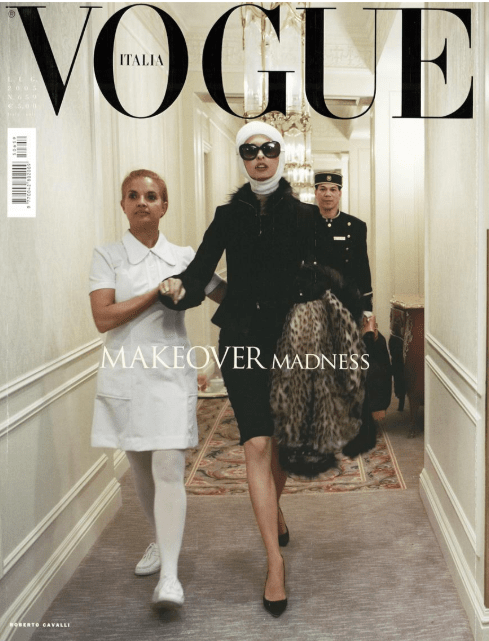
Franca Sozzani parodied the challenges of invisibility with age in VOGUE Italia, often illustrated by dramatic photoshoots such as this iconic series taken by Stephen Meisel
The camera doesn’t lie. Yes, it does!
We now live in a metaverse where our identity can remain hidden behind a filtered avatar. Accordingly, research points the finger at social media as a significant cause of dissatisfaction when it comes to self-image. Zoom and facetime have replaced many forms of social and business interaction, making us see ourselves in a unique way. The wide-angle lens which is used by smart phones and laptops causes a distortion of the face well documented in the photographic world. It enlarges objects closer to the camera lens (the central face) relative to objects further away. Facial features like falling cheeks, jowls, and loose skin in the neck are exaggerated whilst our ears look tiny. Facial ageing is also focussed on the central face so exaggerating this area will add on average 5 years to our appearance.
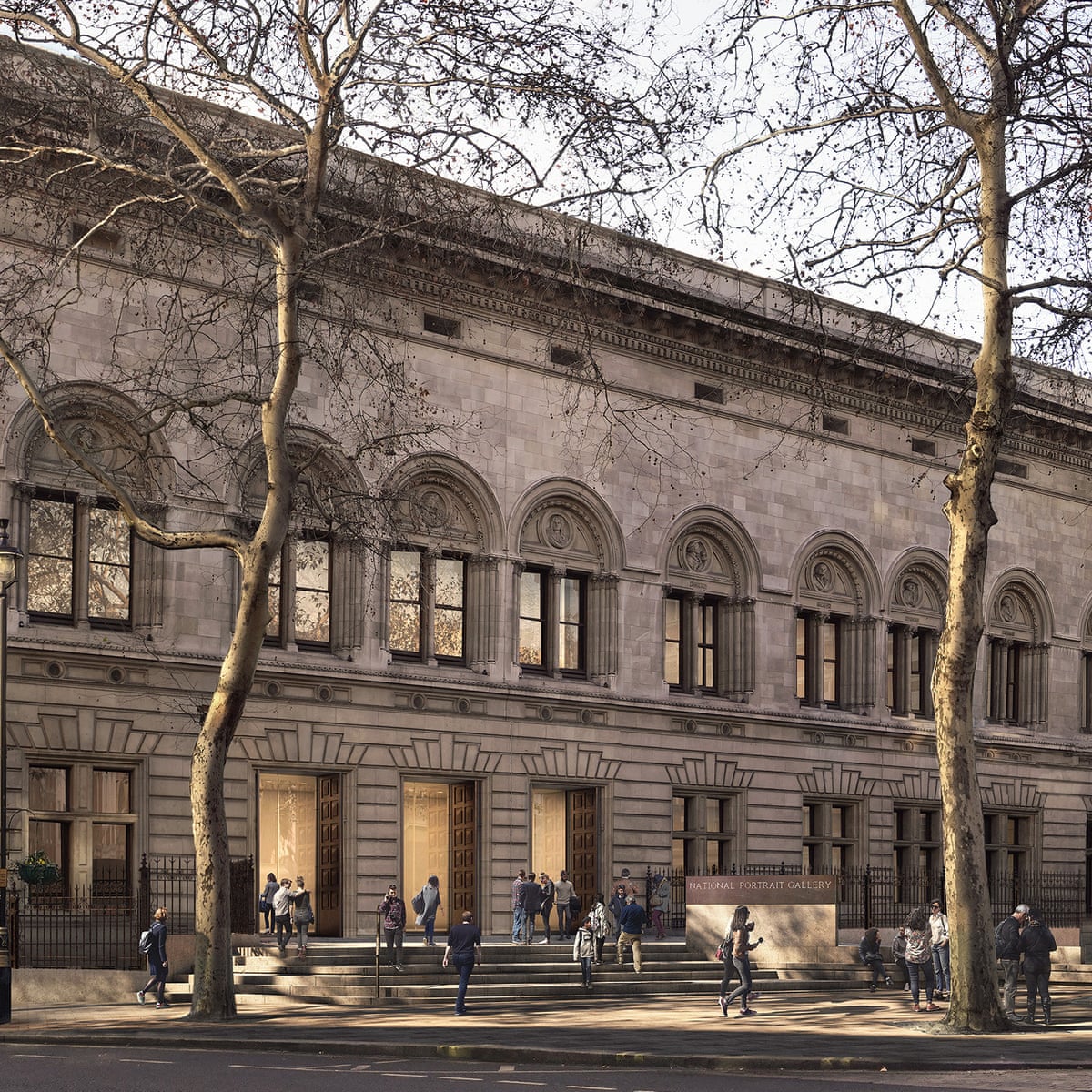
Research at The National Portrait Gallery confirmed that a smart phone or laptop ages our face by an average of five years if we are over 40.
Why are we so critical of our own face?
We are often hyper critical of our own image whether catching sight of ourselves unexpectedly or looking at our own photographs. Despite this, others might remark how well we look, don’t they see what we are seeing? Actually, they don’t. Our brains are hard wired to see ourselves differently than we see others. Our brain analyses our own image in high-definition detail, but our perception of others is similar to that of an impressionist artist. It is for this reason that impressionist art has been the most highly prized artistic movement in history because it taps into how the brain is hard wired to see the world. Sadly, this means we automatically look at ourselves with a critical eye and find faults rather than appreciating our overall look which is what others see in us.

Our brains are hard wired to see ourselves in high definition which focuses on our flaws, yet we see others through the lens of an impressionist artist and admire their overall appearance.
Mirror mirror on the wall
The magnifying mirror in our bathrooms presents yet another distortion to our self-esteem. Vogue Italia has declared the bathroom magnifying mirror to be a weapon of mass destruction. This, as the name suggests, magnifies all flaws and blemishes converting the tiniest jowls into Alpine hills and the humblest wrinkles into the Grand Canyon. This effect further erodes our self-confidence.
Franca Sozzani satirizing how the handheld magnifying mirror convinces you to have a necklift
– published in VOGUE Italia
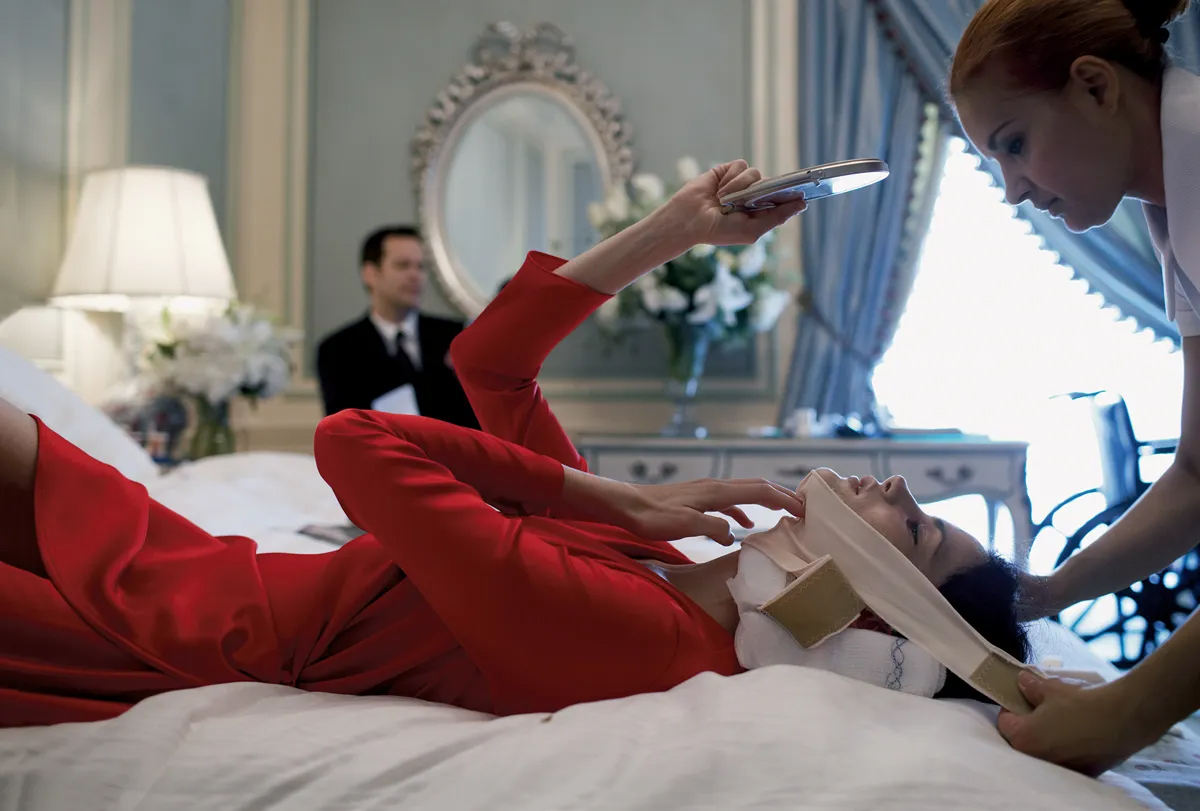
THE FACELIFT NARRATIVE: YOUR STORY, OUR JOURNEY, DESTINATION CONFIDENCE
The facelift narrative: Your story
Rajiv’s patients rarely request facelifting for vanity or narcissism but are primarily motivated by wanting to restore confidence and identity. Many women report having had time “stolen” from them as life was put on hold: to care for others, to deal with their own ill health, because of the stress of a separation, following the loss of a loved one, or through the precipitous effects of the menopause, all of which can cause a sudden “ageing spurt”. Women especially, have spent a lifetime putting others first. Their husband or partner first, their children first, their family and friends first and even the family pet first – whilst at the same time often putting themselves last. Despite compelling reasons, the request for surgery can often be accompanied by feelings of guilt because this is a procedure which is deemed unnecessary, and it might for a short while, mean putting yourself first – good heavens! In contrast, and rather amusingly, most men undergoing facelift surgery feel they have deserved it!
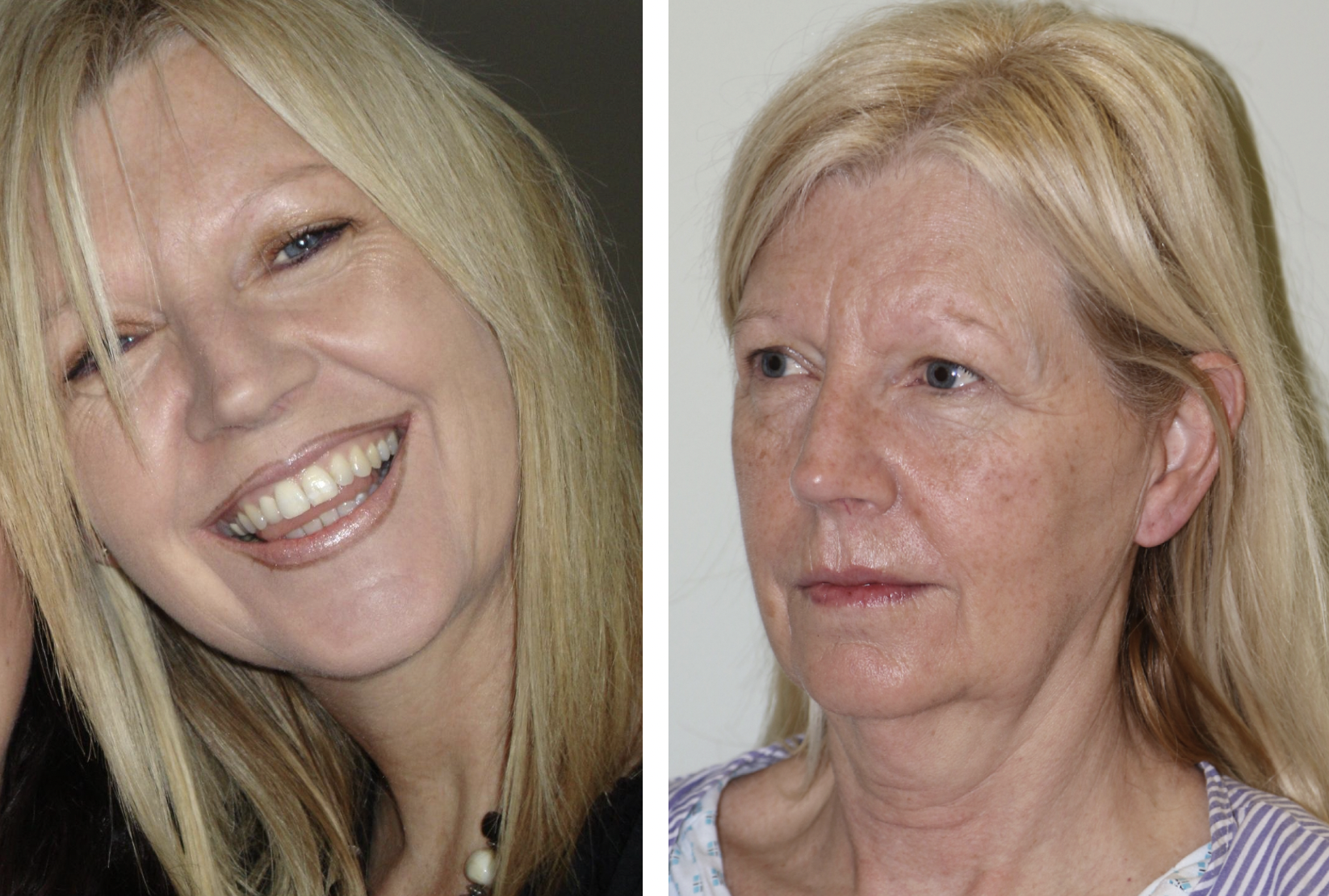
Stress and menopause can cause a precipitous ageing spurt which reduces confidence as one slowly becomes invisible to society.
The average lead time from thinking about a facelift, through researching and finally making an appointment can often take several years. The final trigger could be a Zoom selfie talking to friends, colleagues, or grandchildren or perhaps catching sight of our reflection and seeing one’s mother staring back. All these can come as a reminder that this is how the world might be seeing us.
The facelift narrative: Our journey
Having a facelift is a big step which requires physical and emotional preparation. The natural anxiety that accompanies this can be eased by kindness, compassion, and support. Rajiv’s whole team are dedicated to delivering this, made easier by the fact that the sole focus of the practice is purely facelift surgery. The consultation allows Rajiv time to listen and understand your concerns as well as appreciate what you hope to achieve. During the process Rajiv will gently explore the reasons behind you seeking his help. Rajiv will then explain what is involved, what the likely outcome and risks are as well as provide information on how best to prepare. At that point he will always step back and insist you take time to think carefully at home before making a decision.
The foundations of “our journey”:
Kindness
Compassion
Support – delivered in a practice dedicated solely to facelifting
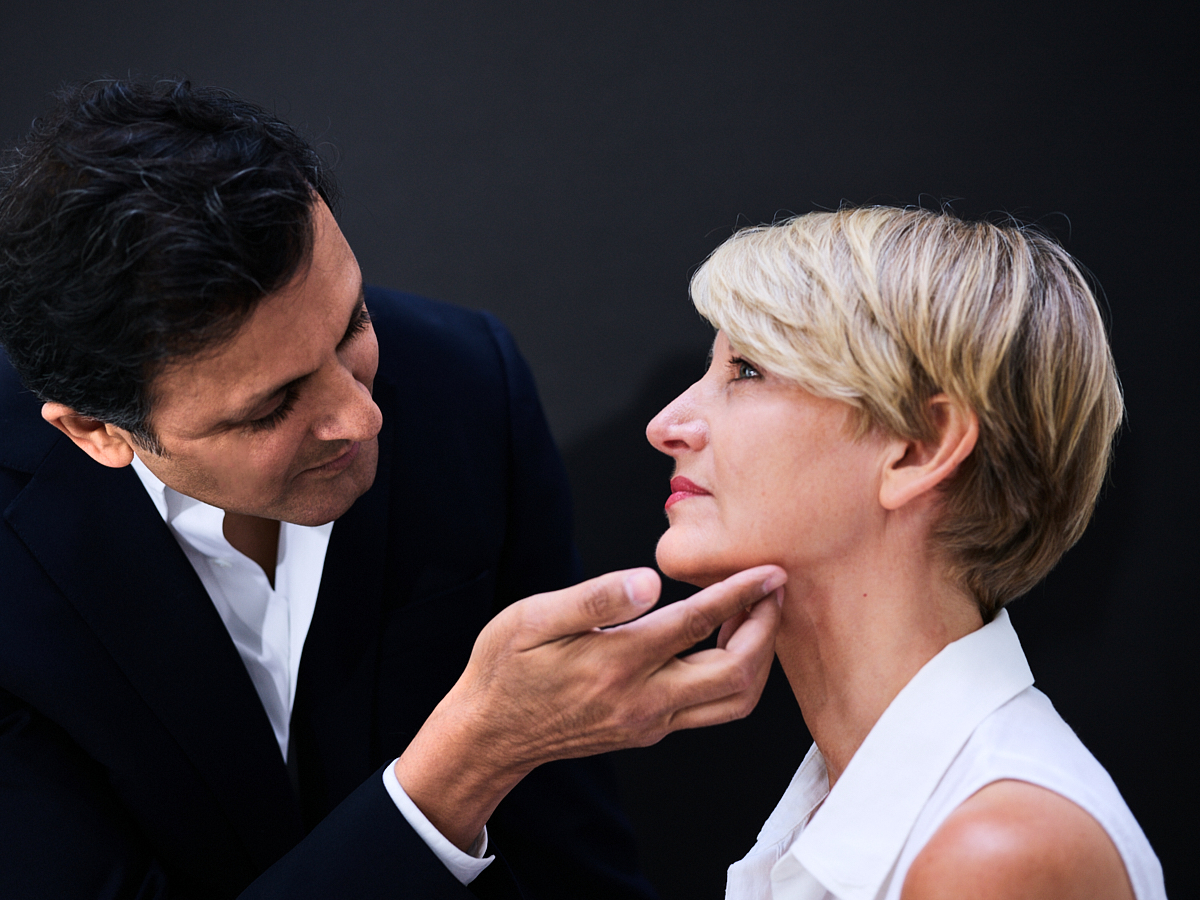
Most patients have a pleasant experience through their facelift journey; however, every person is unique. In the build-up to surgery the body releases endorphins and adrenaline that help you feel happy and strong at a time when quite naturally you are anxious or nervous. Once surgery is over and a sense of relief prevails – “you finally did it”, the chemicals are no longer needed, so there can be a physiological dip. This dip coincides with your face being a little swollen so emotions can swing. The rational neo-cortex or thinking element of the brain is elated that surgery is over and has gone well BUT the emotional limbic brain, where feelings reside, can feel vulnerable. It is helpful to appreciate that this emotional Ying and Yang is physiological and fortunately very fleeting which helps you to rationalise the experience.
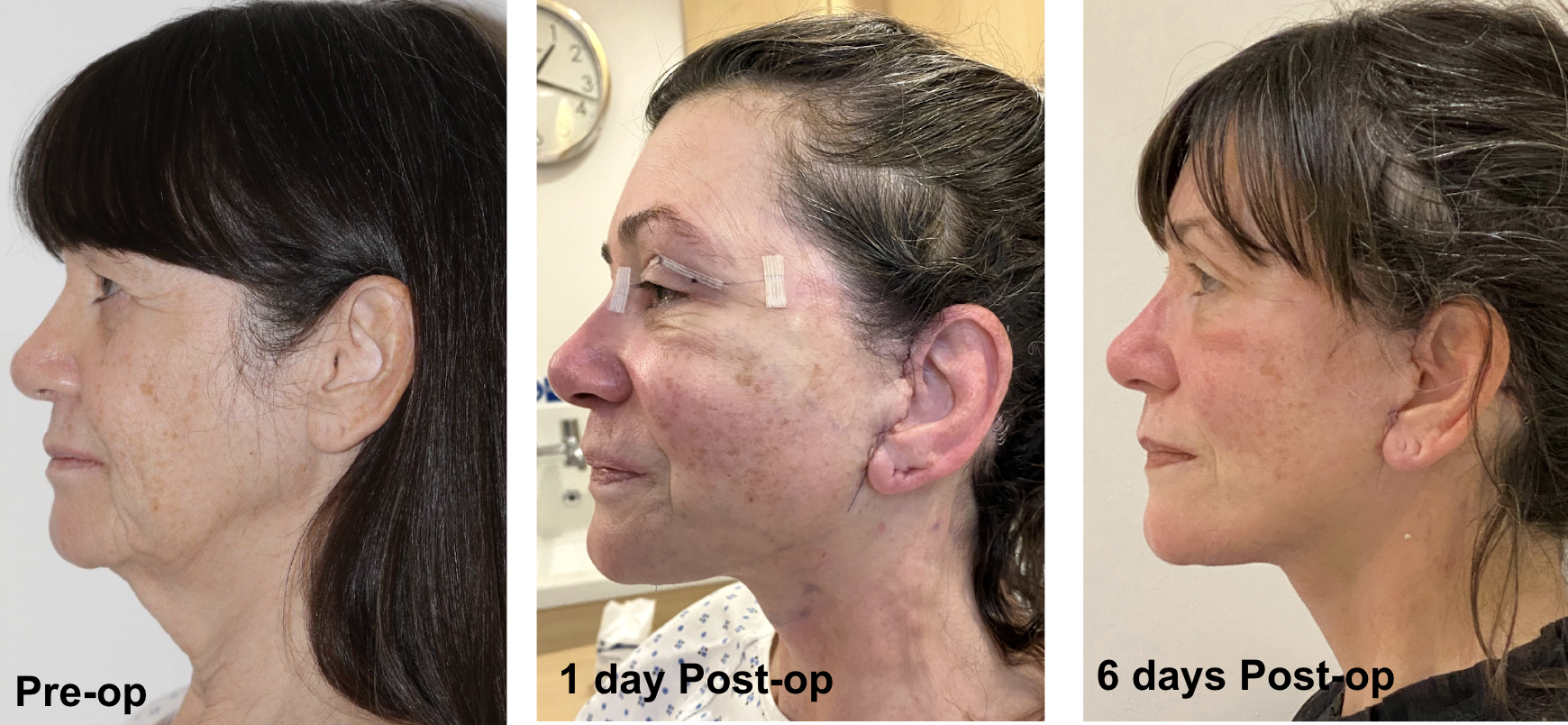
In the first 2-3 days after surgery, you can swing from elation to feeling flat as the Ying and Yang of your endorphins normalises. Keeping a positive attitude is a great help; Rajiv and his team will help you to see the positive!
Approaching your facelift with positivity helps banish the limbic brain thoughts of vulnerability so the rational neo-cortex wins the battle for your mood. Within a couple of days, the endorphin level normalises again, and you feel like your usual self once more. Being able to put two weeks aside after surgery to recover stress free and comfortably along with a collection of good books and a subscription to Netflix is essential. Please remember to be patient. The healing process takes time and although outwardly things may look good even early on, there is a lot going on under the surface. Certainly, the Deep Plane Technique has a quicker recovery than other SMAS facelifts because the skin is not lifted as a separate layer, however patience is crucial, and it is an active process not just a passive one.
Patience is a form of action
– Auguste Rodin
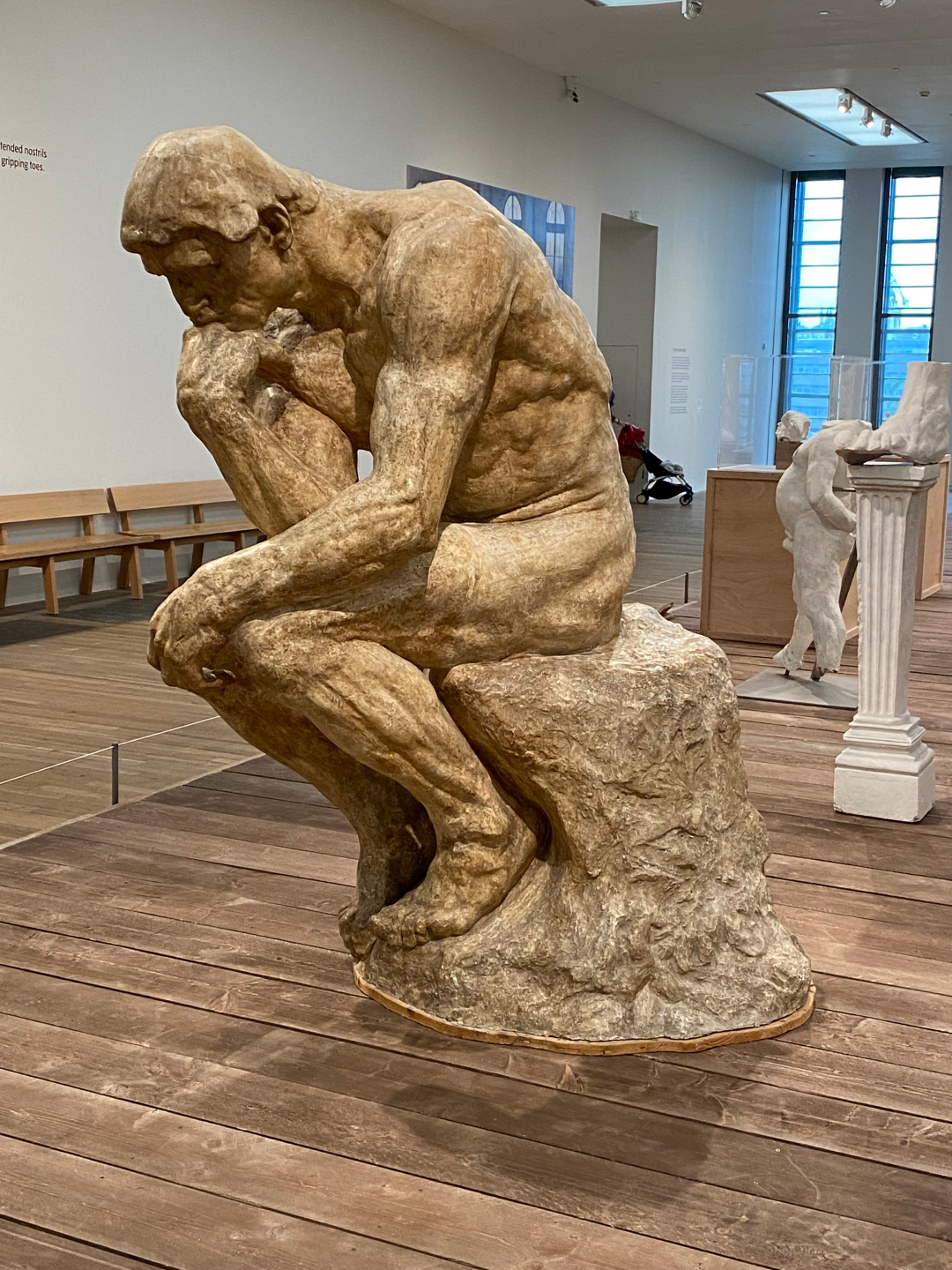
One of Mr Grover’s patients sent a bespoke thank you card which describes the recovery beautifully: “Keep Calm, Mr Grover is your Surgeon”. Rajiv and his team are on hand to carry you through this journey and employ the simple formula of kindness, compassion, and support– hence why this process is entitled – “Our Journey”.
Foundations of emotional recovery:
Positivity – positive mental attitude
Trust – Trust in the Process and the Team
Patience – “Patience is a form of action” – Auguste Rodin
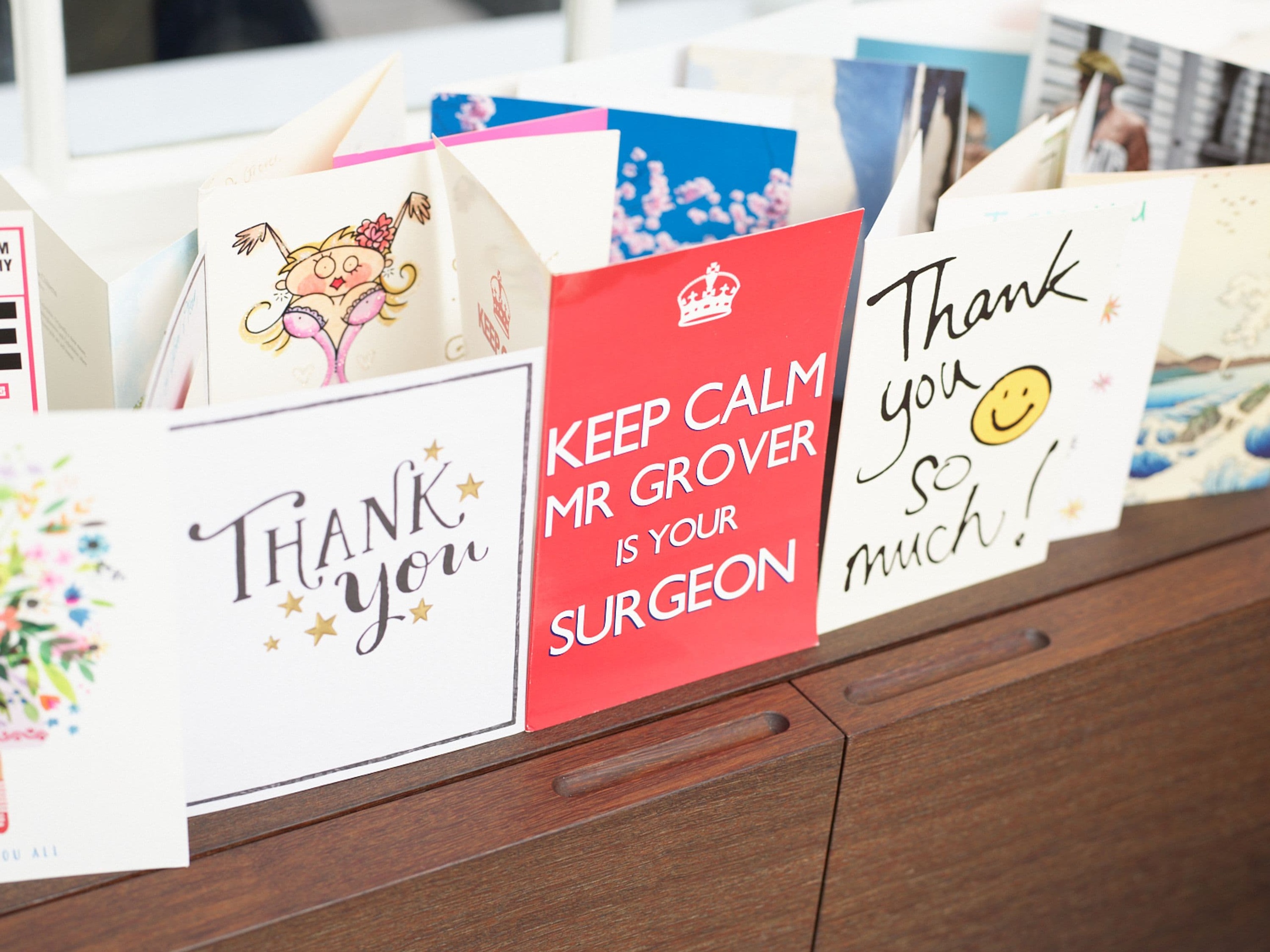
The facelift narrative: Destination confidence
One of the most rewarding parts of Rajiv’s work is to see his patients for follow up after surgery. It is clear as soon as they walk into the room when he sees their smile and the light in their eyes that confidence has returned. To add weight to this observation the originator of the Deep Plane Facelift (Andrew Jacono in New York) conducted a scientific study aimed at assessing confidence and self-esteem after deep plane facelifting. Both were shown to be improved but surgery had to be performed for the right reasons which underlines the importance of honesty between patient and surgeon right at the beginning during the consultation. The study also highlighted that for those patients who have undergone facelifting in the hope of recovering lost years following a life event, the removal of emotional scars from the face can sometimes bring closure, which allows them to move forward with positivity. Mr Grover will always do his best to advise you honestly at the outset if surgery will meet your expectations as this is the foundation for a positive outcome both physically and emotionally.
The magic of Rajiv’s facelifting leaves you looking and feeling irresistible at any age.
Kay Burley Age 62 – Sky News

Creating better outcomes with Compassion
Rajiv’s passion is turning facelift surgery into artistry into confidence. Although one thinks of compassion as a help and support primarily for patients, Rajiv believes that the surgeon’s compassion is equally important in helping them produce better surgical results. The reason for this came to him after many years of waking up earlier than his wife and making her a cup of tea in bed. Rajiv makes tea in the classic Indian style with freshly ground cardamom and his wife was always delighted to receive it.
Occasionally she would know that it didn’t taste quite as good and, on those occasions, she would say, “Rajiv, you didn’t make that tea with any love this time”. Of course, she was right, and through this it became clear to Rajiv that if extra care and attention (aka “love”) could make a difference in something as humble as a cup of tea, then surely paying extra care and attention during something as delicate as a 3-4 hour facelift would make an even bigger difference.
Art is something created with feeling and emotion, that in others generates feeling and emotion
Rajiv Grover lecturing at Oxford University

Around that same time Rajiv had been invited to lecture at Oxford University on the interaction of art and surgery. In preparation he was asked by Oxford to provide his definition of “What is art?”. A question that had vexed Art Historians for decades, so nothing challenging! After some careful thought Rajiv defined “Art as something created with feeling and emotion, that in others generates feeling and emotion”. If this was true, then to produce art it must be created with feeling and emotion. That was the lightbulb moment when Rajiv realised that creating an artistic facelift result could only happen if the surgeon had feeling and emotion for what was being made. Feeling and emotion in surgery come from the surgeon’s compassion which therefore acts as the catalyst for converting craftsmanship into a work of art. Clearly when Rajiv was making tea for his wife without the necessary compassion, what he produced was functional, but less than artistic which of course she detected immediately.
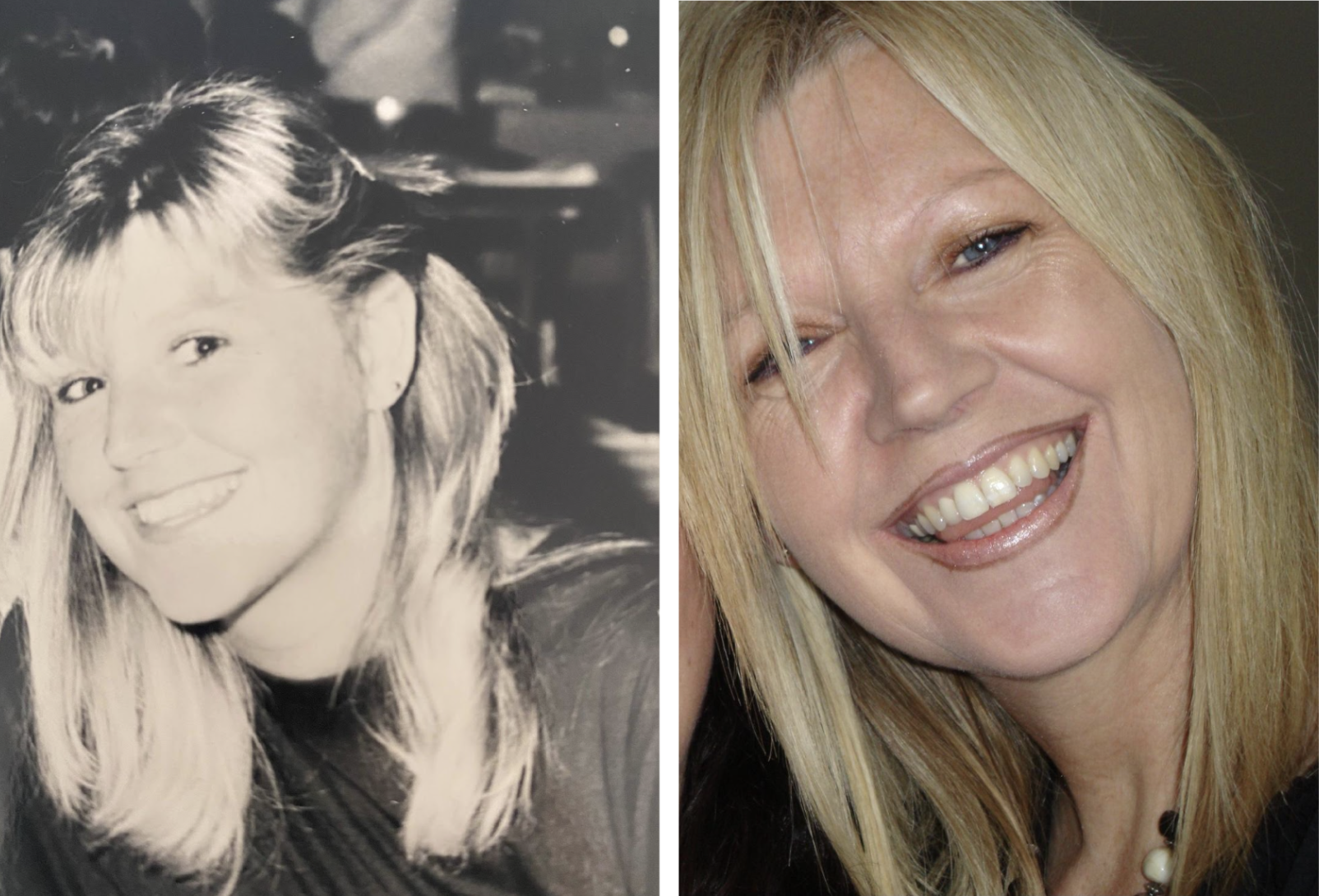
Jane growing up and reaching middle age
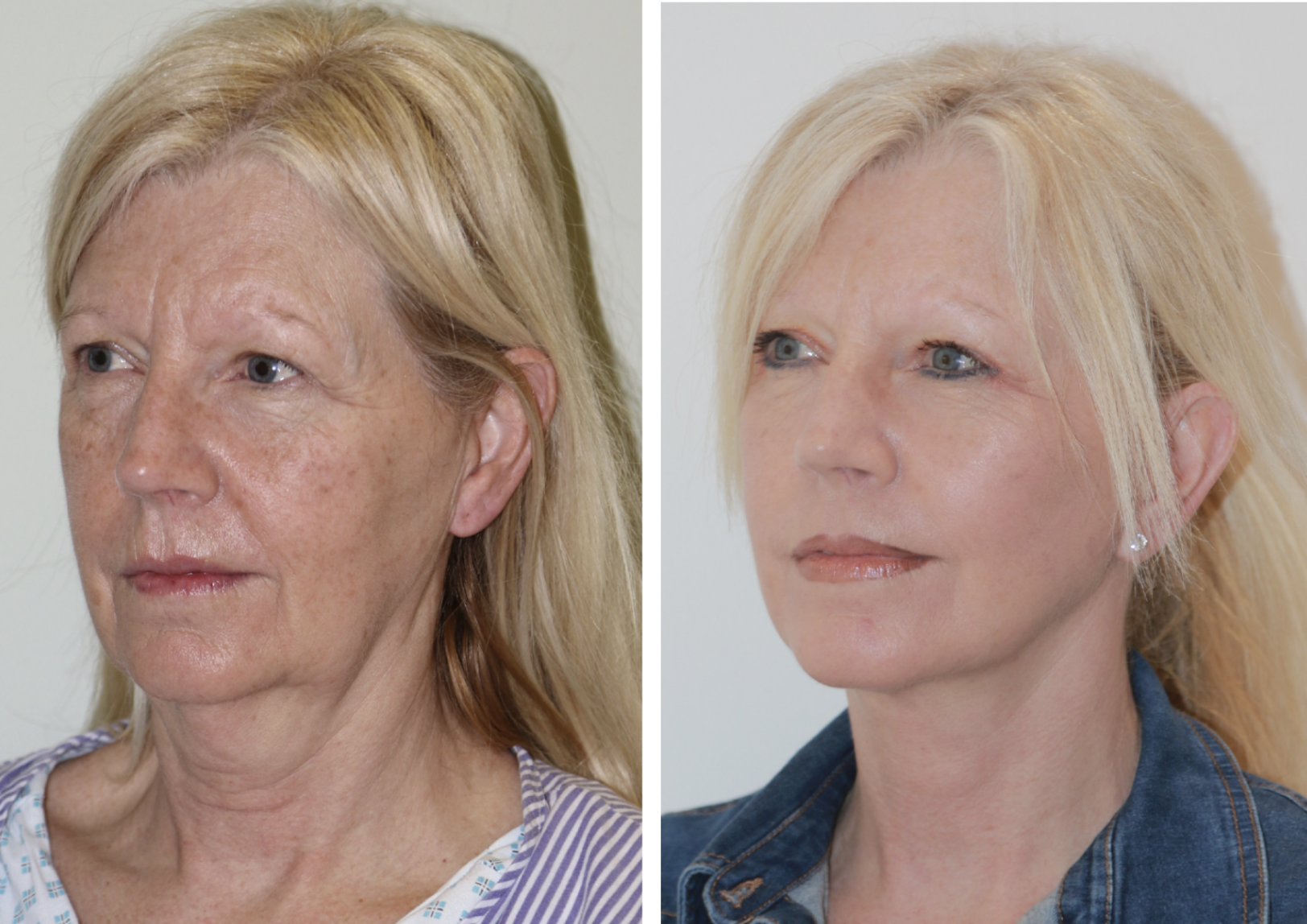
Left Side - Jane following an ageing spurt caused by stress and menopause Age 61. Right Side – After Deep Plane Facelift with Rajiv Grover now age 63
Turning facelift surgery into artistry into confidence
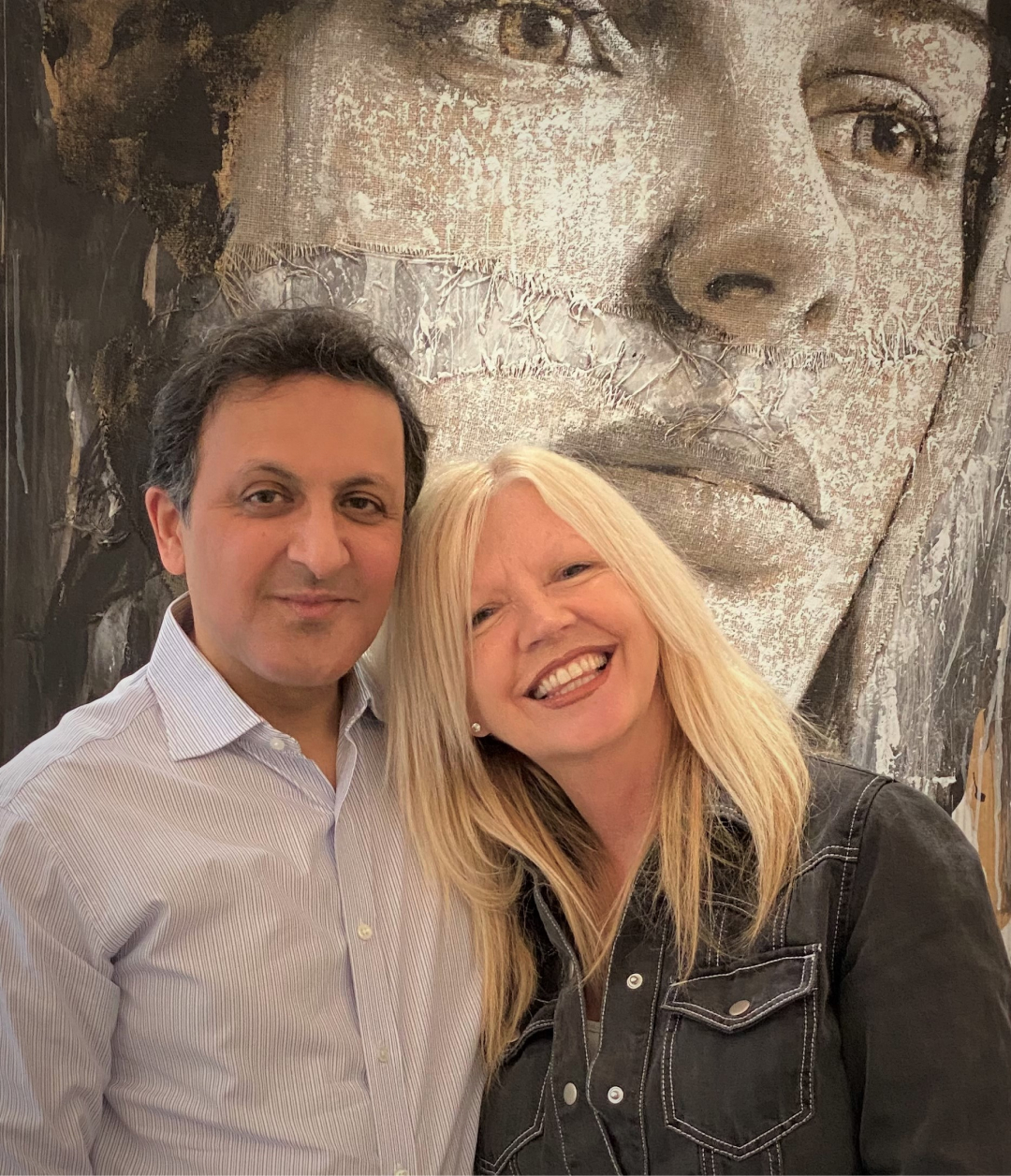
Sir Harold Gillies, the founder of Plastic Surgery and dubbed as the Facemaker, was a great believer in holistic patient care. In this regard he was way ahead of his time on many levels. He was one of the first surgeons to consider that a patient’s psychological outcome was as important as the physical result. He valued the importance of working in a strong team where everyone’s talent supported the patient’s treatment and recovery. He had the modesty to be reflective of his own surgical results and failings, always striving to do better and above all, he truly believed that “surgeons who care, get better results”.
Surgeons who care, get better results
– Harold Gillies, The founder of Plastic Surgery & the Facemaker
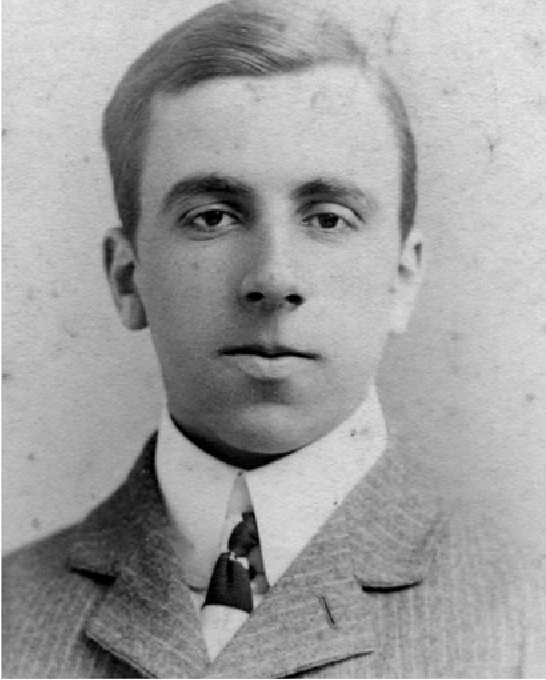
Rajiv’s aim of turning facelifting into artistry and then into confidence requires the final step of transforming the physical change of surgery into the psychological benefit of confidence. There is a volume of research that the outcome of aesthetic procedures is positively influenced by kindness, compassion, and support during its delivery. This underlines the absolute necessity for compassion in the facelift journey. Firstly, compassion is the catalyst to provide the feeling and emotion which enables the surgeon to create an artistic result, and once again, compassion during the journey helps the patient to convert the physical change of surgery into the magic of confidence.
Rajiv is an ultimate authority on facelifting delivered with the ultimate empathy.
– Franca Sozzani Editor in Chief Italian Vogue
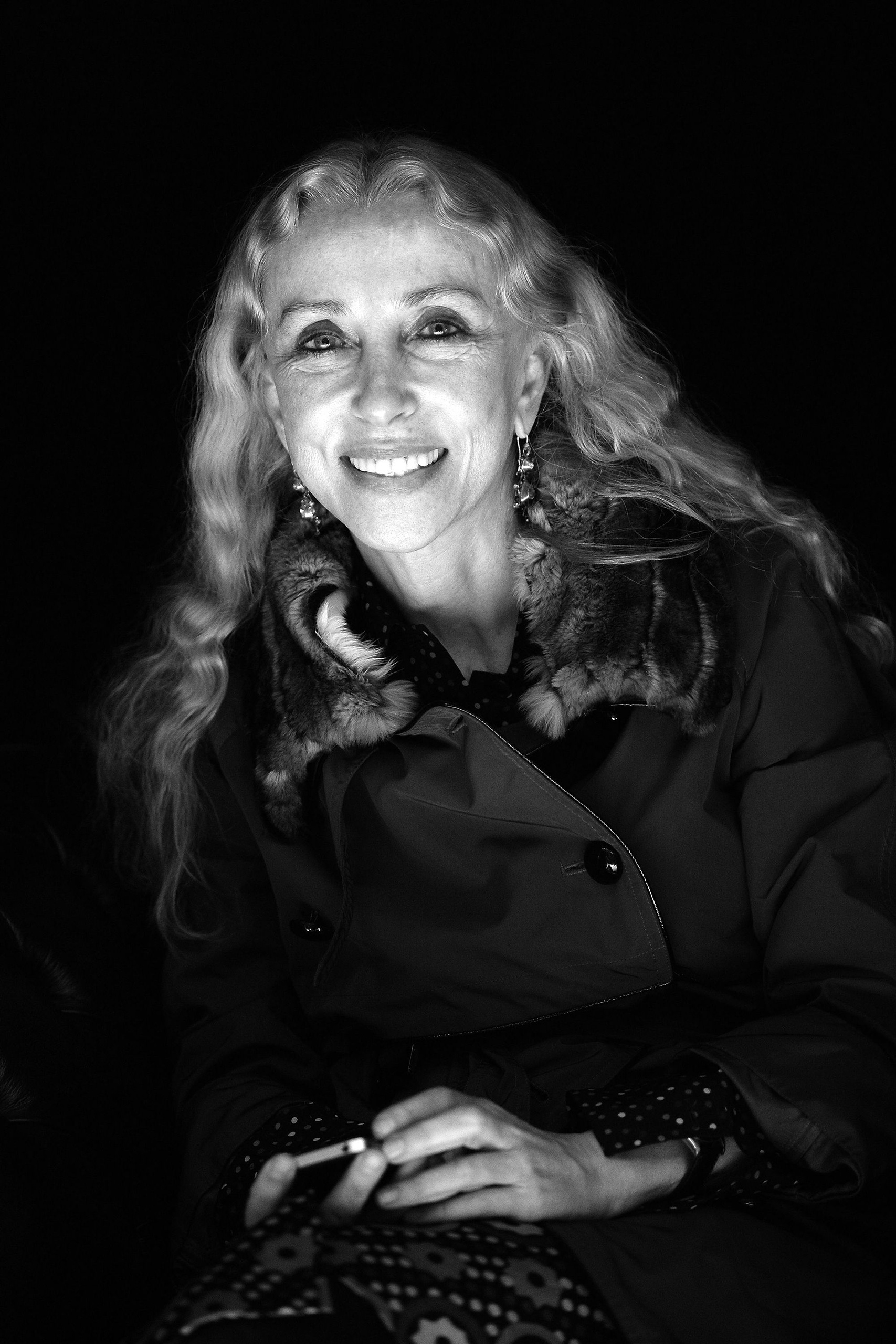
The wider world has known about the connection between how we look and how we feel for well over a century. It was the pioneering movement inspired by Coco Chanel that liberated women by targeting appearance and unleashing its effect on their spirit. All the science in the world cannot put the connection between appearance and confidence better than Coco Chanel herself.
When elegance and beauty outside liberates confidence inside, you have wings
– Coco Chanel
